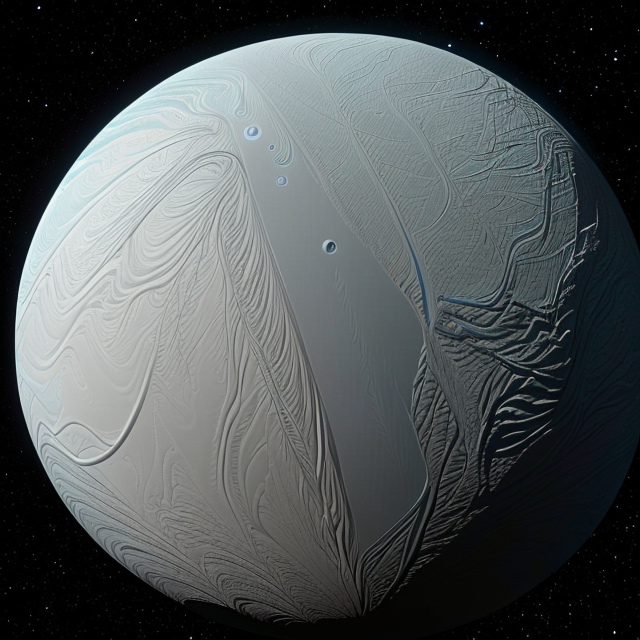|
|
Space Astro
|
Info for exoplanet "Epukes"
| Scientific (actual) data |
|---|
| Name | Kepler-386 b |
| Planet status | Confirmed |
| Radius | 0.13338 |
| Orbital period | 12.3104 |
| Semi major axis | 0.096 |
| Discovered | 2014 |
| Updated | 2024-10-17 |
| Tzero tr | 2454970 |
| Impact parameter | 0.8 |
| Publication | Published in a refereed paper |
| Detection type | Primary Transit |
| Radius measurement type | Primary Transit |
| Alternate names | 2MASS J19192612+4841378 b, K02442.02, KIC 11080405 b, KOI-2442 b, KOI-2442.02, WISE J191926.15+484137.8 b |
| Star name | Kepler-386 |
| Right ascension | 289.86° |
| Declination | 48.69° |
| Mag j | 14.183 |
| Mag h | 13.754 |
| Mag k | 13.605 |
| Star distance | 904.74 |
| Star metallicity | -0.225 |
| Star mass | 0.74 |
| Star radius | 0.77 |
| Star temperature | 5178 |
| Star alternate names | 2MASS J19192612+4841378, KIC 11080405, KOI-2442, WISE J191926.15+484137.8 |
| Wikipedia article | Kepler-386 b |
Back
| |
| Fictional info (?) |
|---|
| Suggested name | Epukes |
| Planet type | Warm planet |
|
| Atmosphere | Hydrogen peroxide | 64% |
| Ethane | 35% |
| 2H2O | 0.28% |
| Hydrogen deuteride (HD) | 0.14% |
| Water vapor | 0.091% |
| Ozone | 0.078% |
| Hydrogen | 0.025% |
| Atmospheric pressure | 50 bar |
 |
| Moon | Obene Pegyba | Large slightly egg-shaped rocky asteroid |
| Ewezeto | Very small slightly egg-shaped gaseous asteroid |
| Azus Eteh'omir | Huge irregular crater-filled asteroid |
| Lulupop-i | Very small potato shaped gaseous comet |
| Google search for Epukes |
|
Website by Joachim Michaelis
|
|
|
|